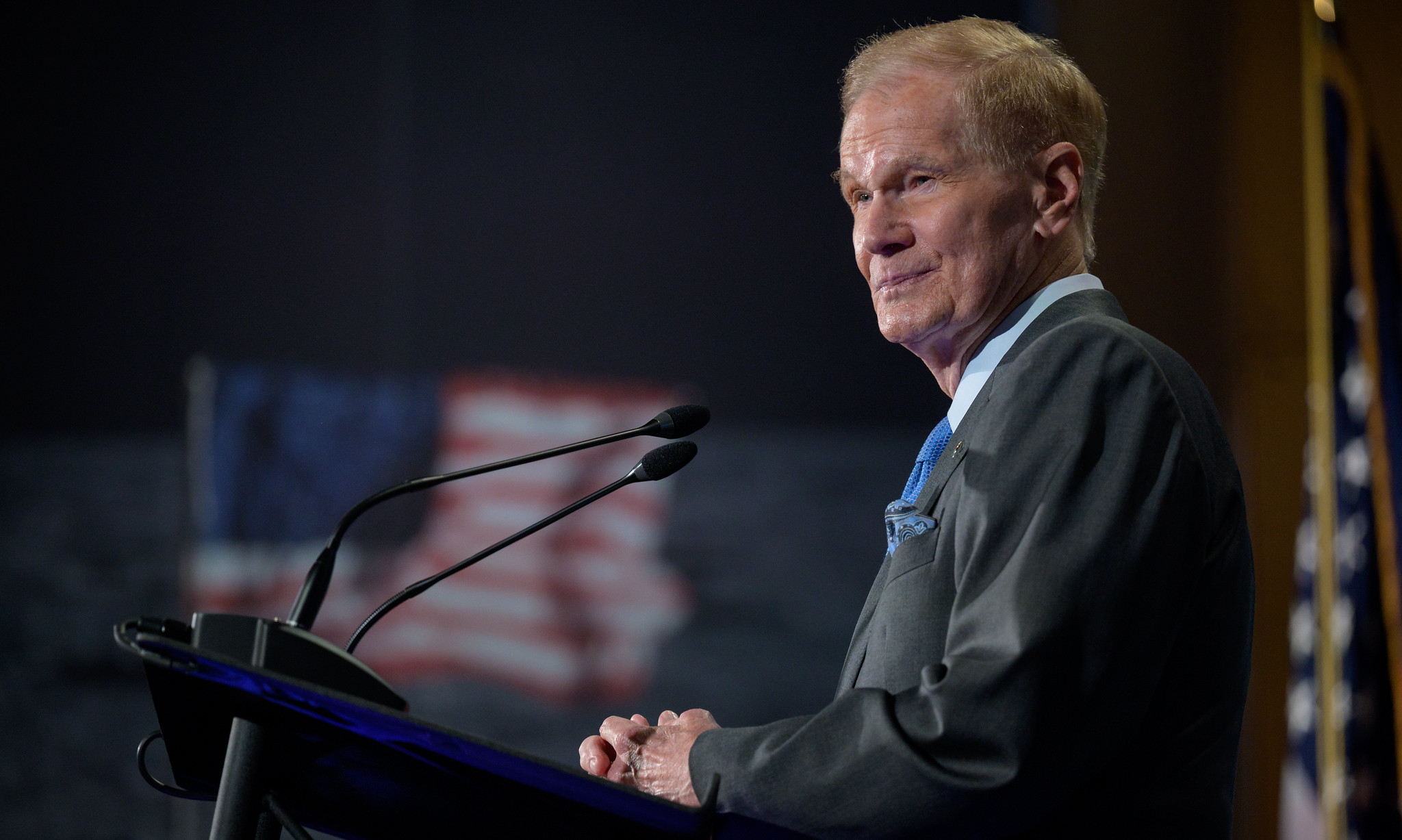
NASA Administrator Bill Nelson will visit Orlando International Airport in Florida on Wednesday, Nov. 24 and meet with the Greater Orlando Aviation Authority (GOAA) CEO Phil Brown. They will discuss implementing NASA-developed flight scheduling technology that will improve dependability for passengers – which is especially important during peak travel times like the Thanksgiving holiday.
NASA’s Airspace Technology Demonstration 2 (ATD-2) was transferred to the Federal Aviation Administration (FAA) in September and will be implemented at airports across the country – including Orlando International – beginning in 2023.
The event, which will begin at 11 a.m. EST under the Flight Display Boards in the Hyatt Atrium in front of the Christmas tree, is open to media, and Nelson and Brown will be available to answer questions from reporters. To participate, media must RSVP no later than two hours prior to the start of the event to Faith McKie at faith.d.mckie@nasa.gov.
NASA and the FAA completed nearly four years of surface operations research and testing to calculate gate pushbacks through time-based metering at busy hub airports, so that planes can roll directly to the runway to take off and avoid excessive taxi and hold times, reducing fuel use, emissions, and passenger delays.
The FAA plans to deploy this capability as part of a larger investment in surface management technology to 27 airports, including Orlando International, which will be part of FAA’s Terminal Flight Data Manager program. Improved efficiency and shifting departure wait time from the taxiway to the gate saves fuel, reduces emissions, and gives airlines and passengers more flexibility in the period prior to leaving the gate.
NASA’s Airspace Technology Demonstration portfolio included two other projects that have ended. ATD-1 featured new ground-based and flight deck technologies that enable use of fuel-efficient procedures throughout the entire arrival phase of flight. These technologies are now in the final stages of implementation by FAA and Industry. ATD-3 focused on providing pilots and air traffic managers with options for adjusting aircraft flight paths based on real-time input including wind and weather conditions and other air traffic.
For more information about NASA’s aeronautics research, visit:
-end-
Marc Etkind / Jackie McGuinness
Headquarters, Washington
202-358-1600
marc.r.etkind@nasa.gov / jackie.mcguinness@nasa.gov

























